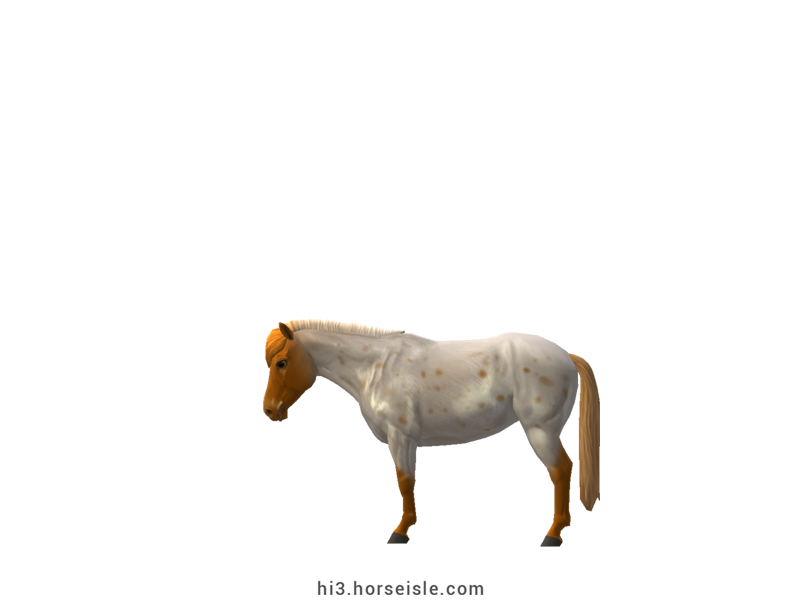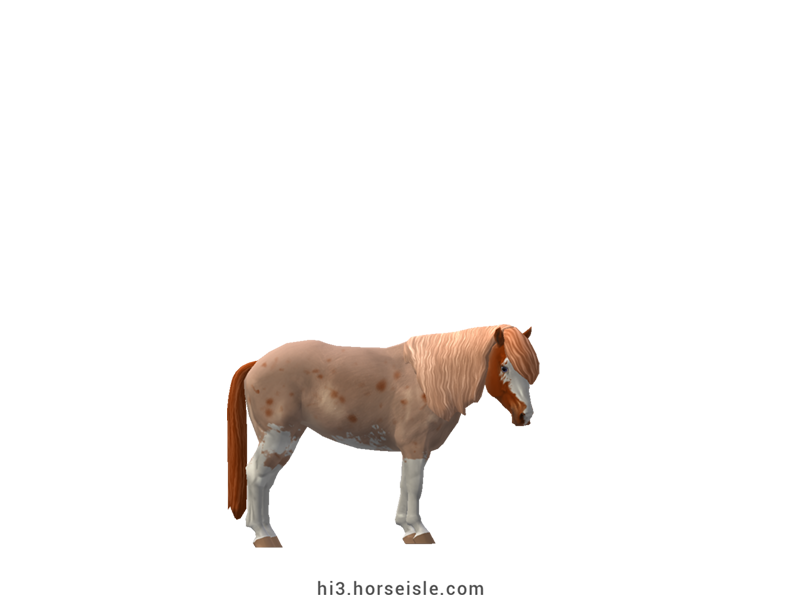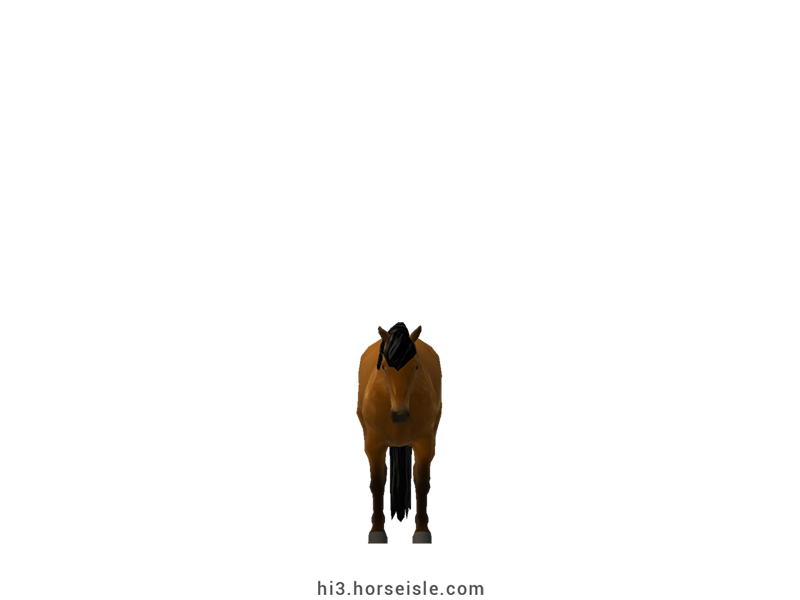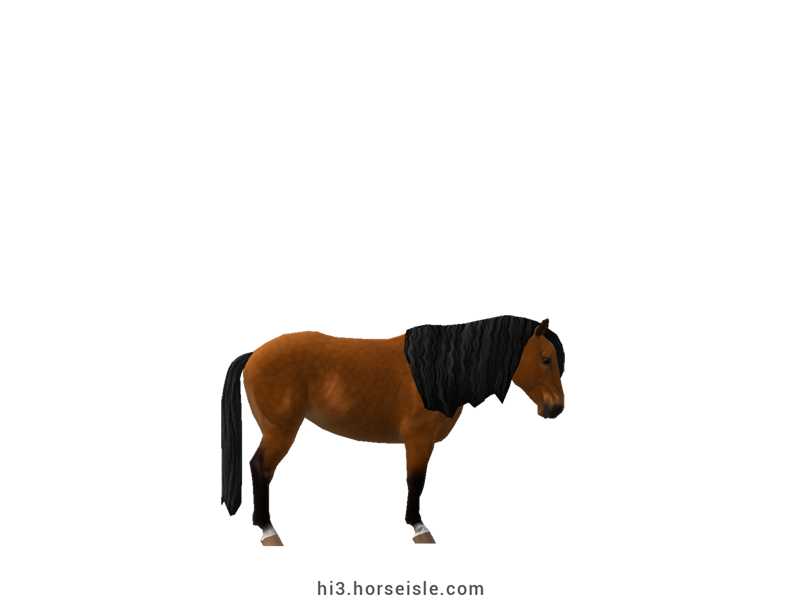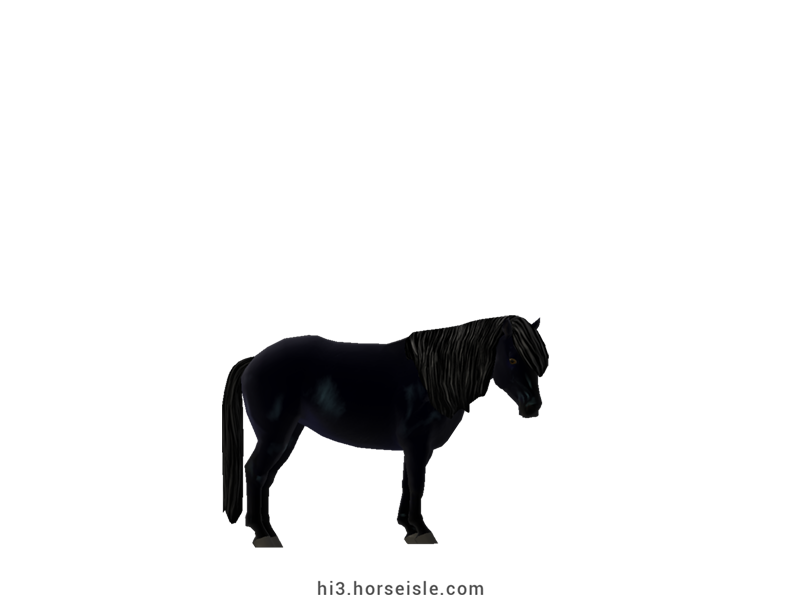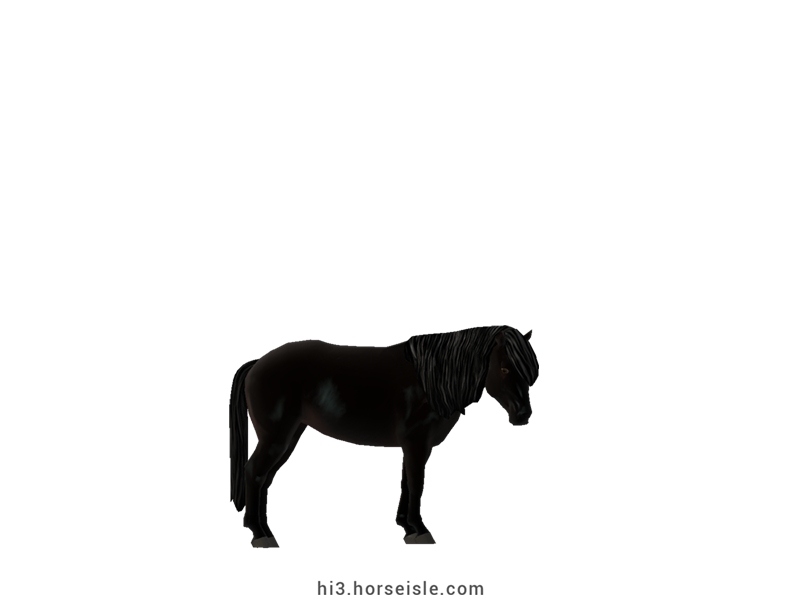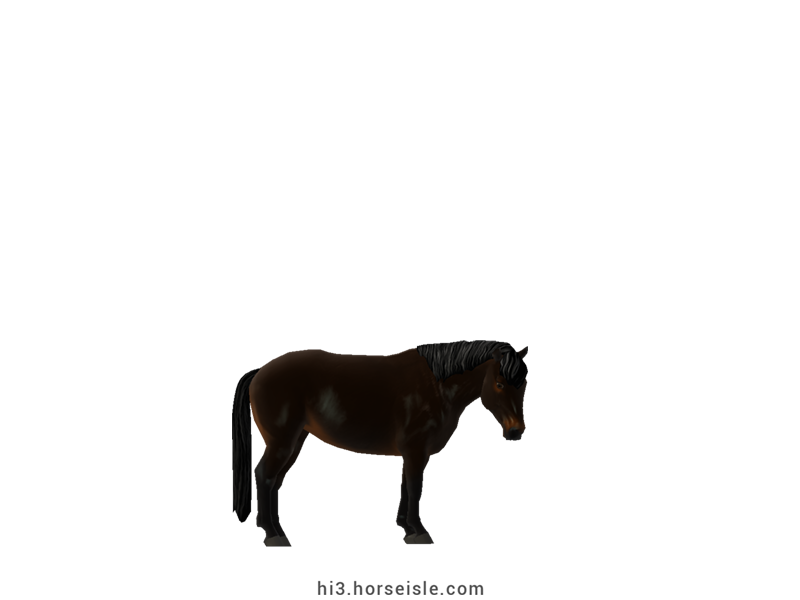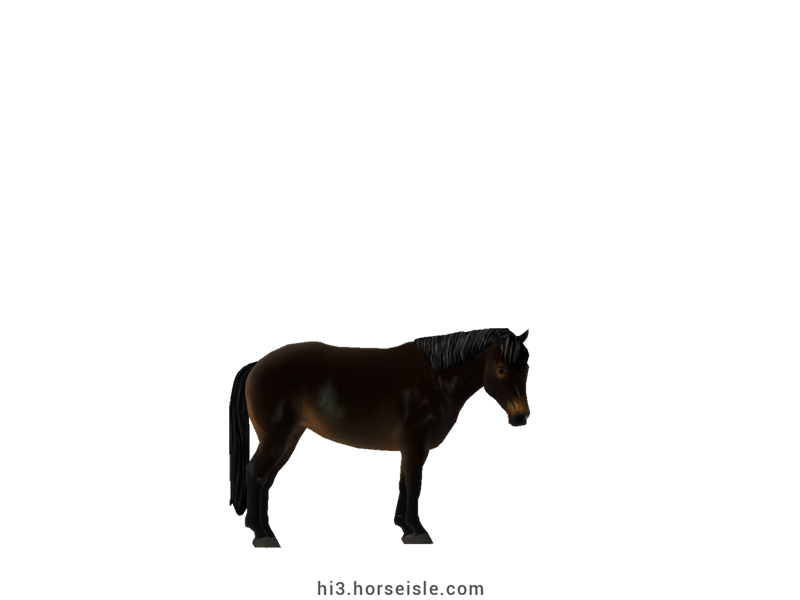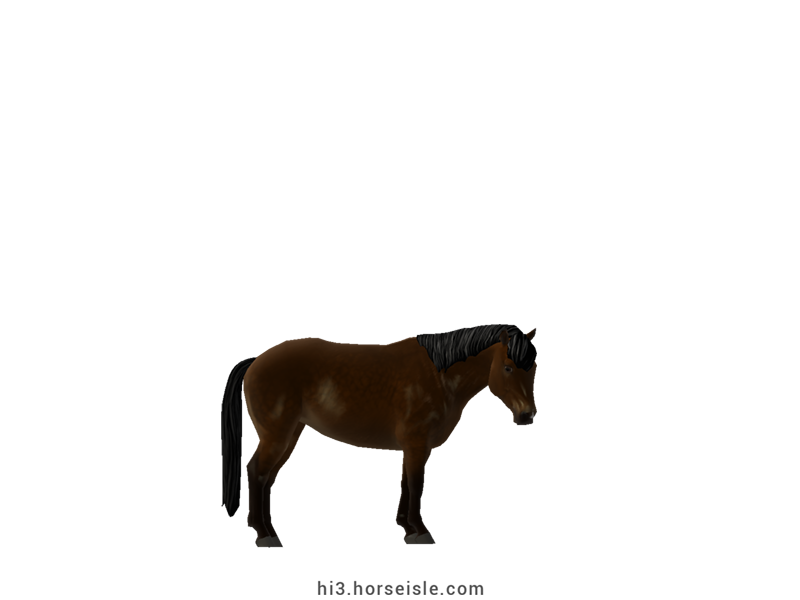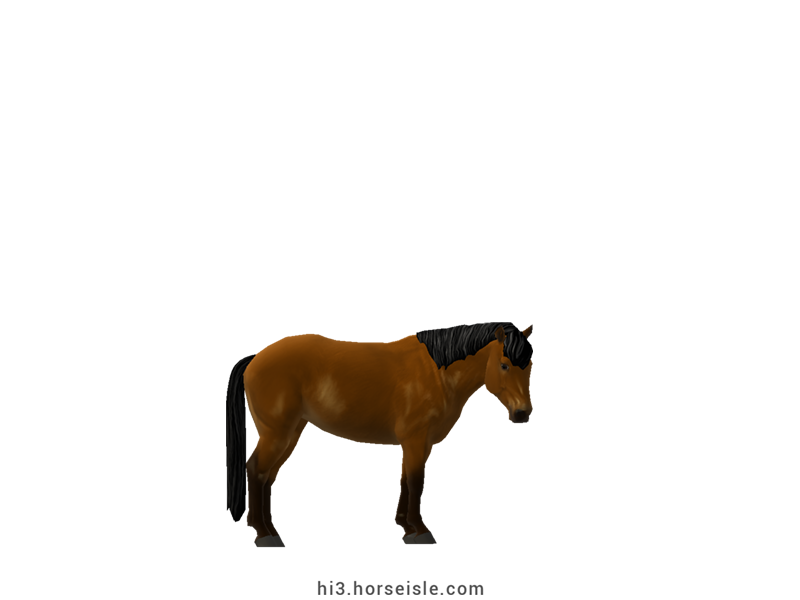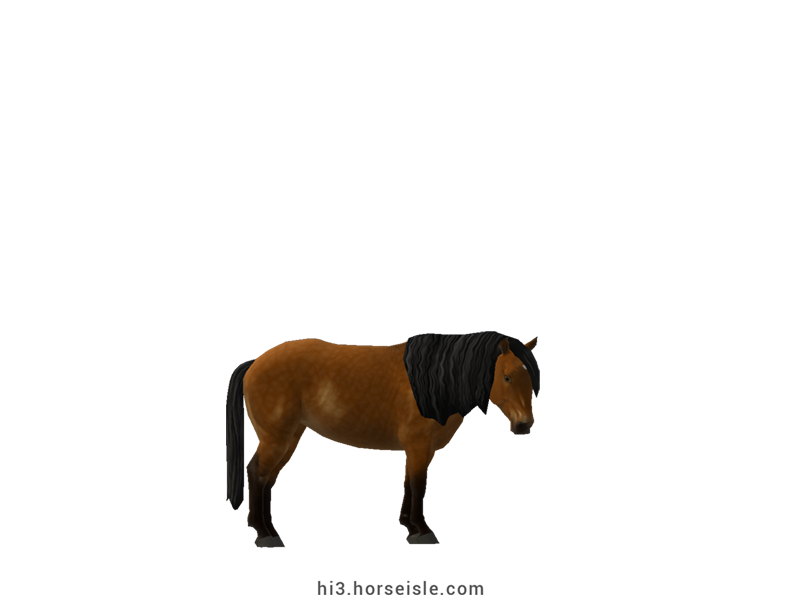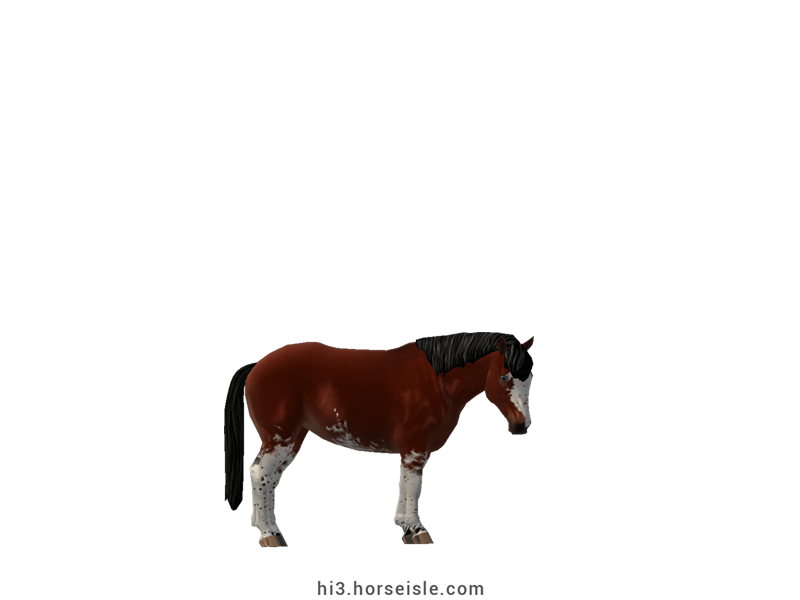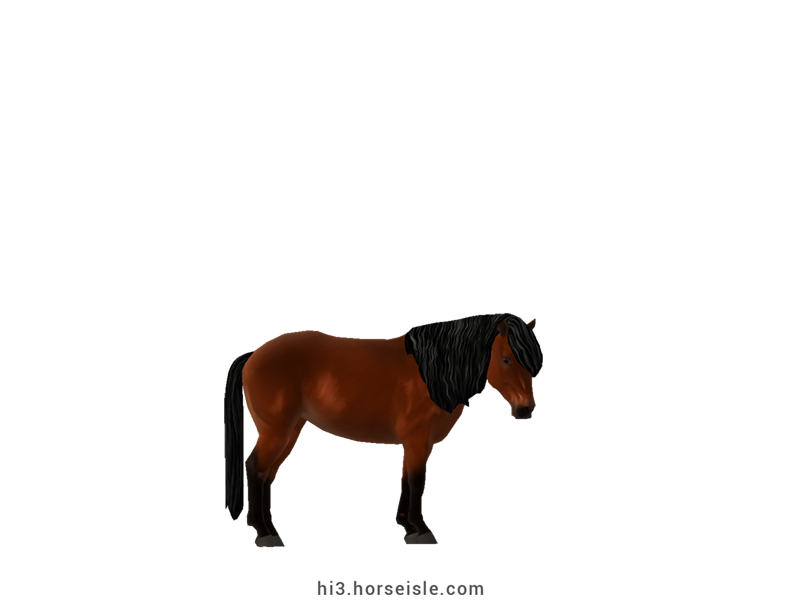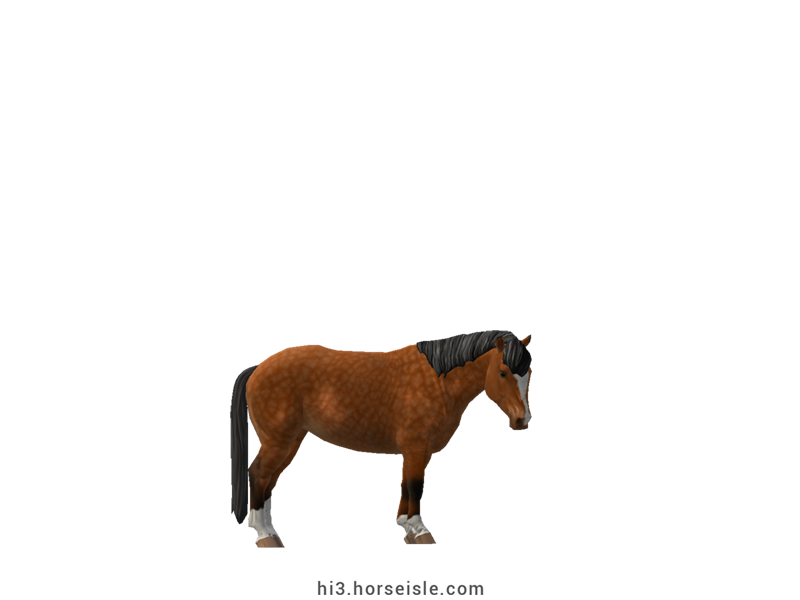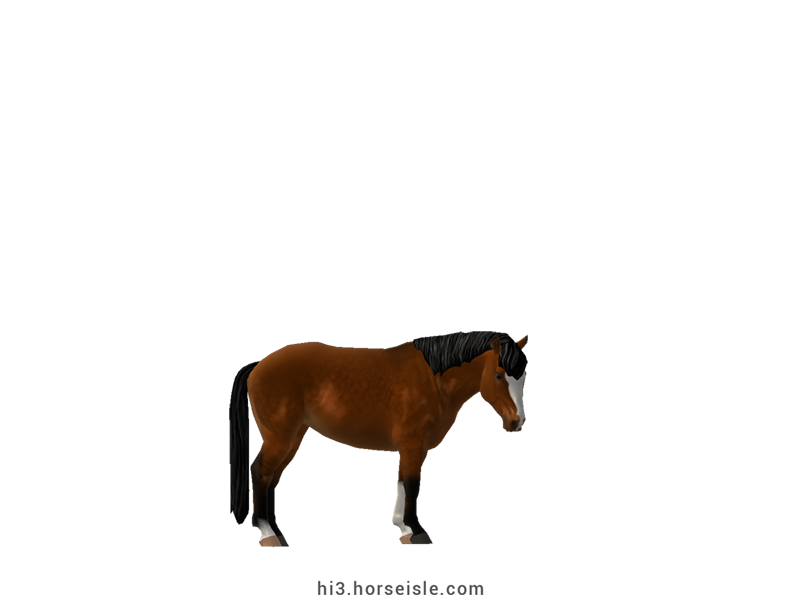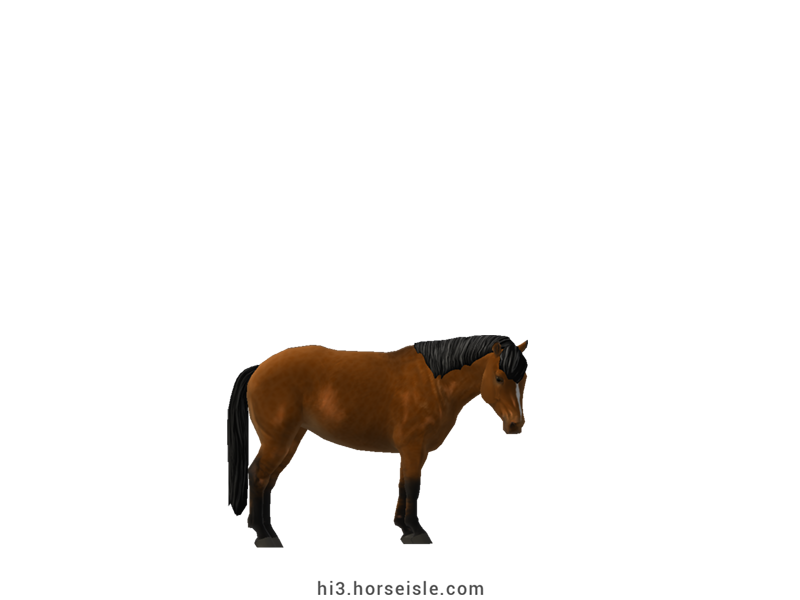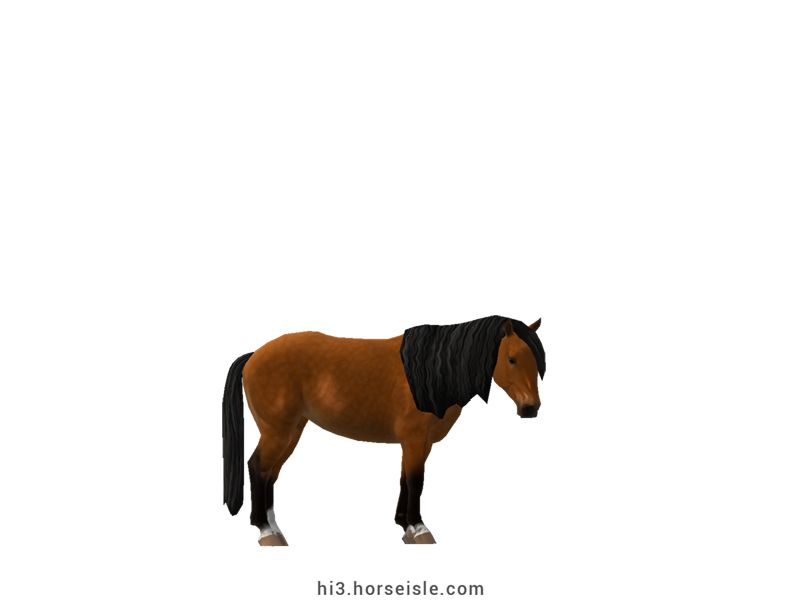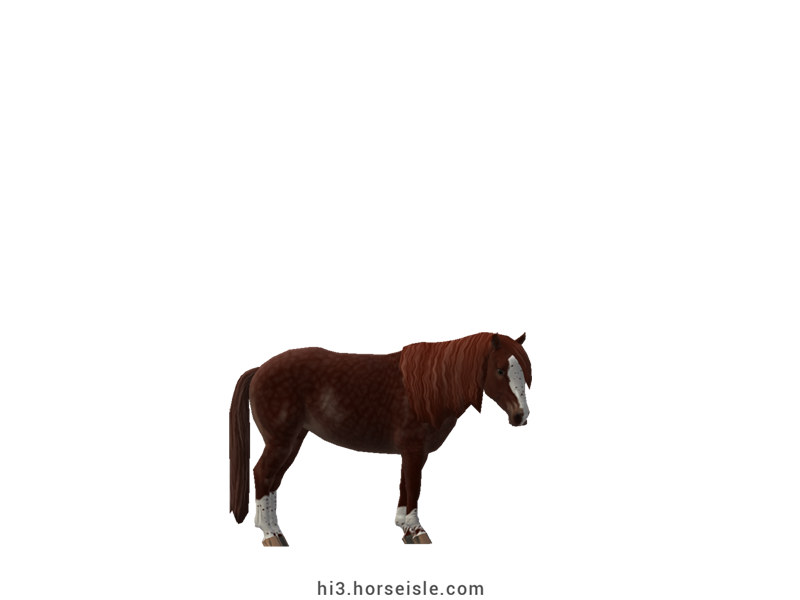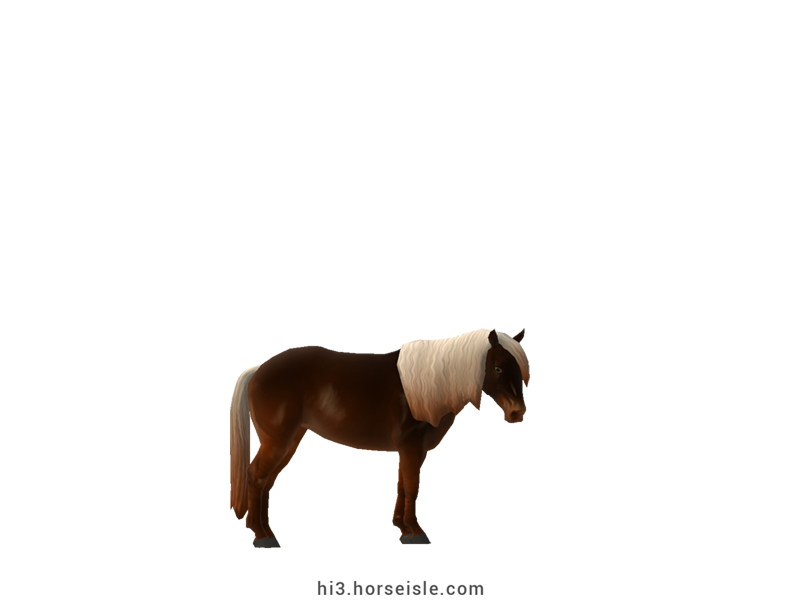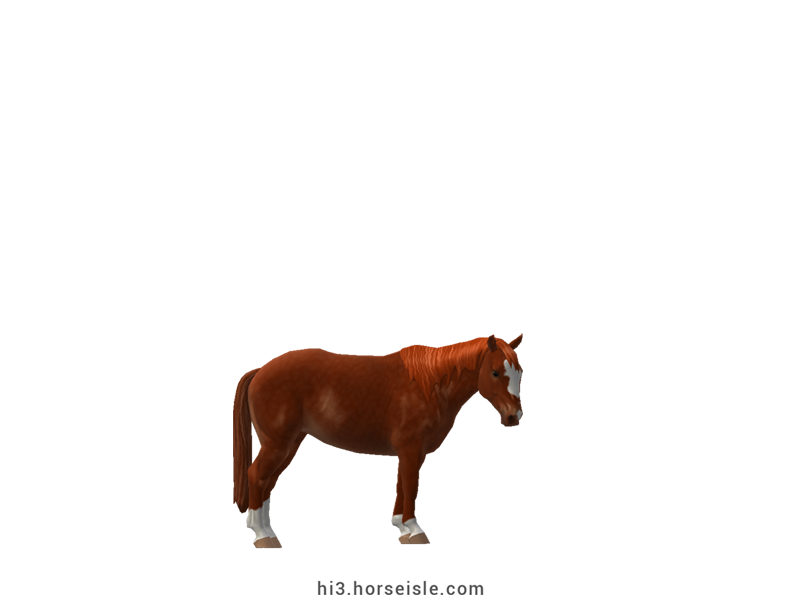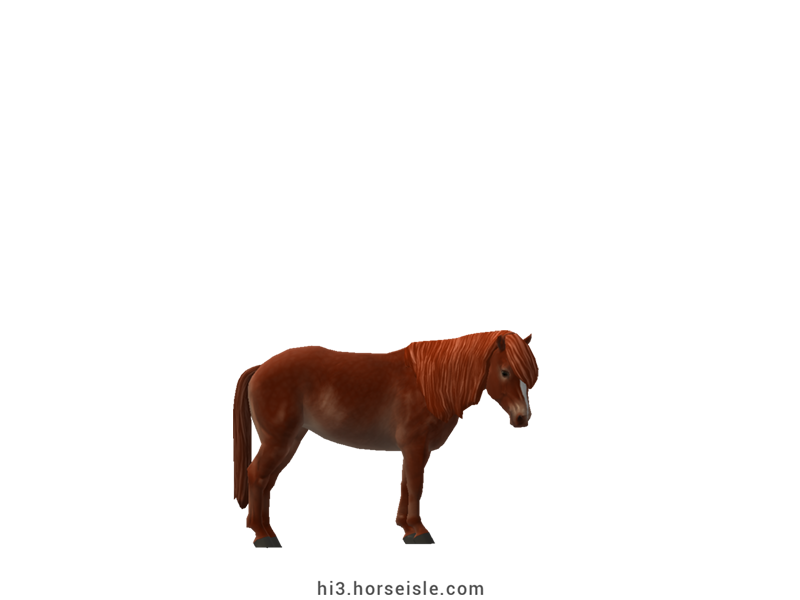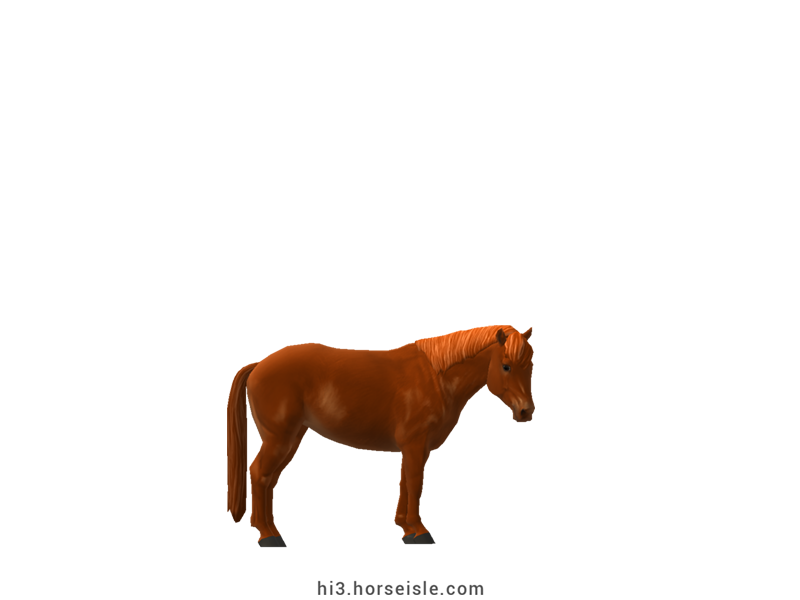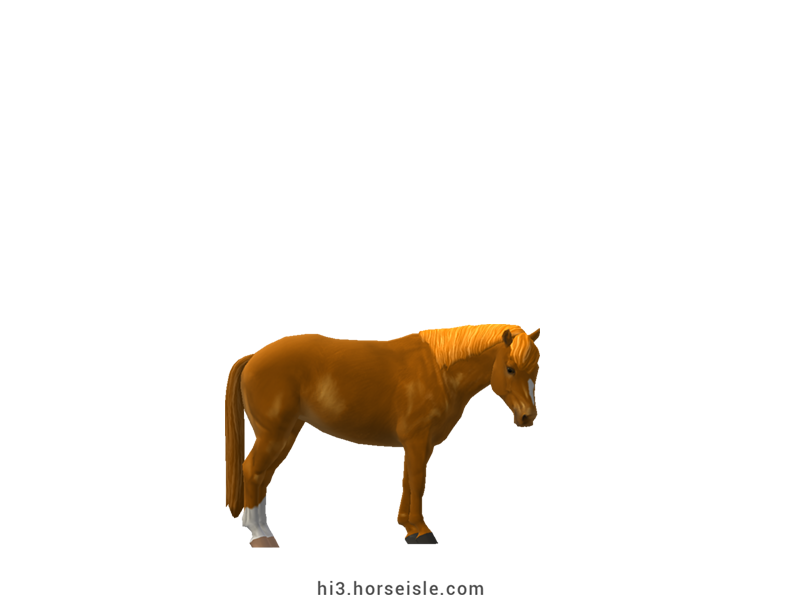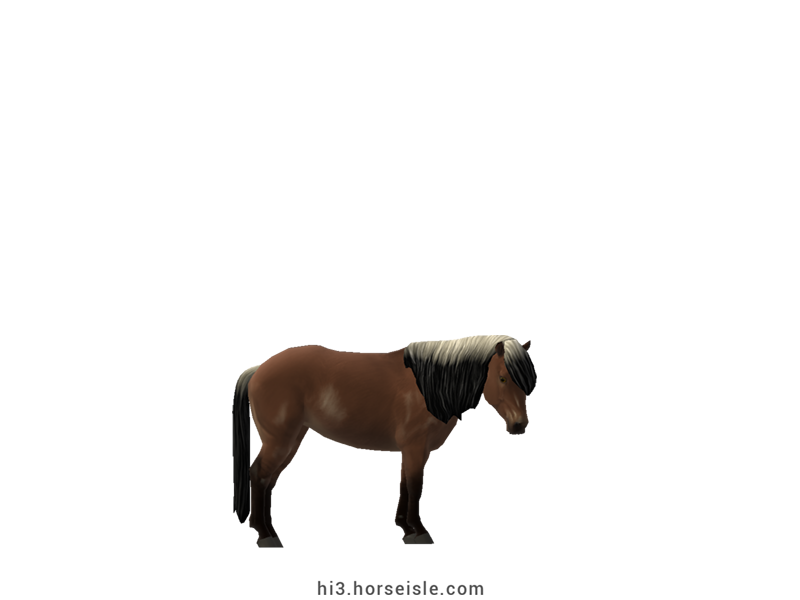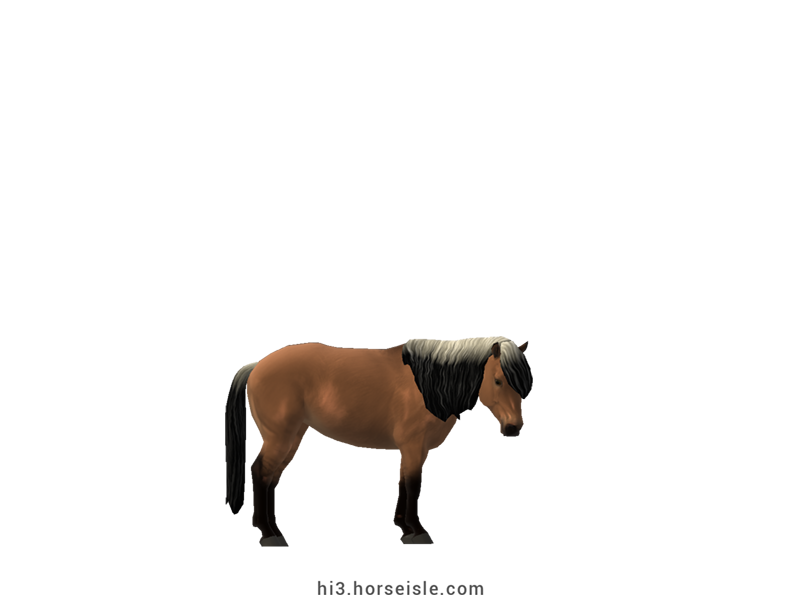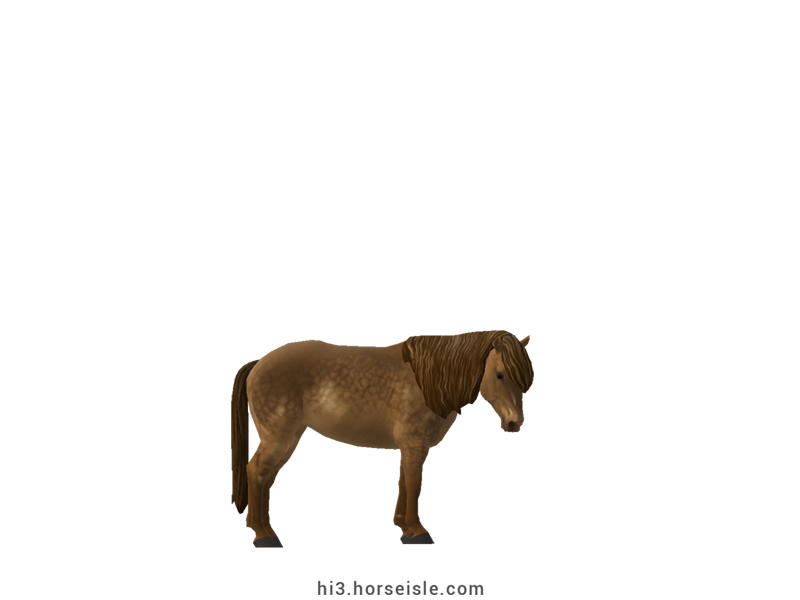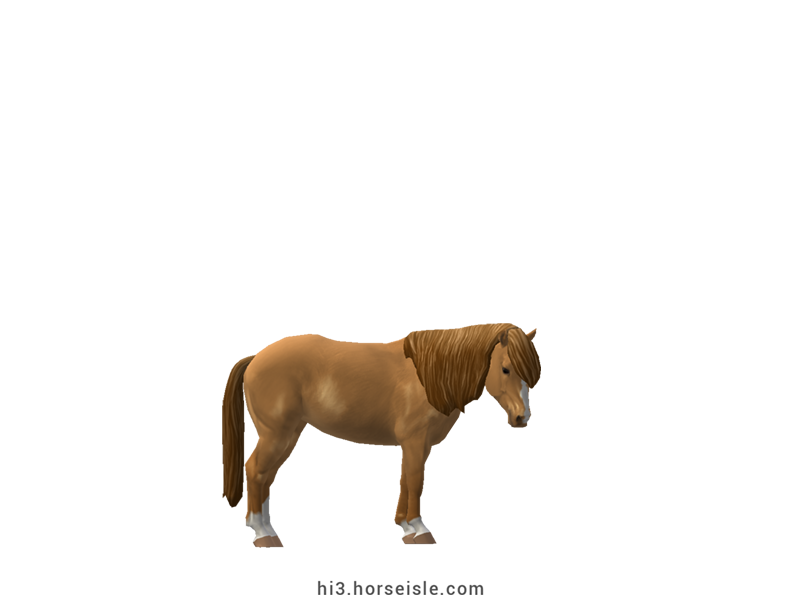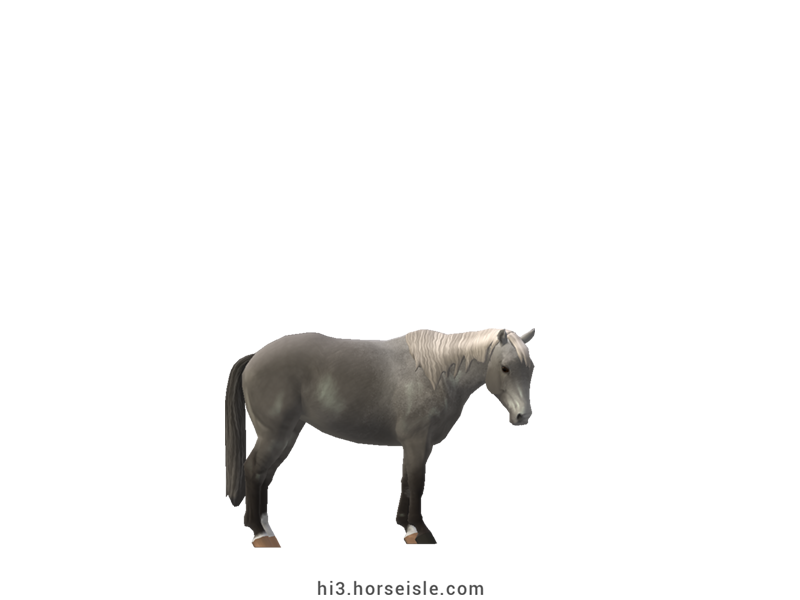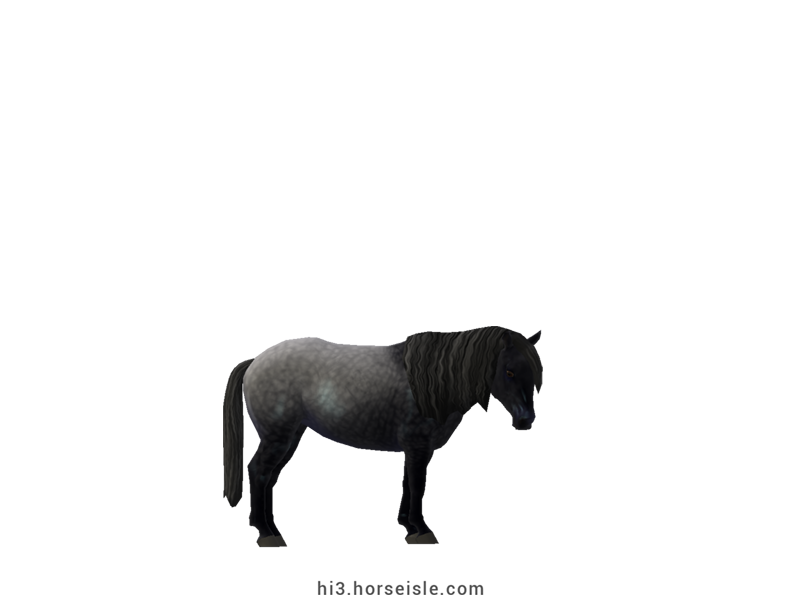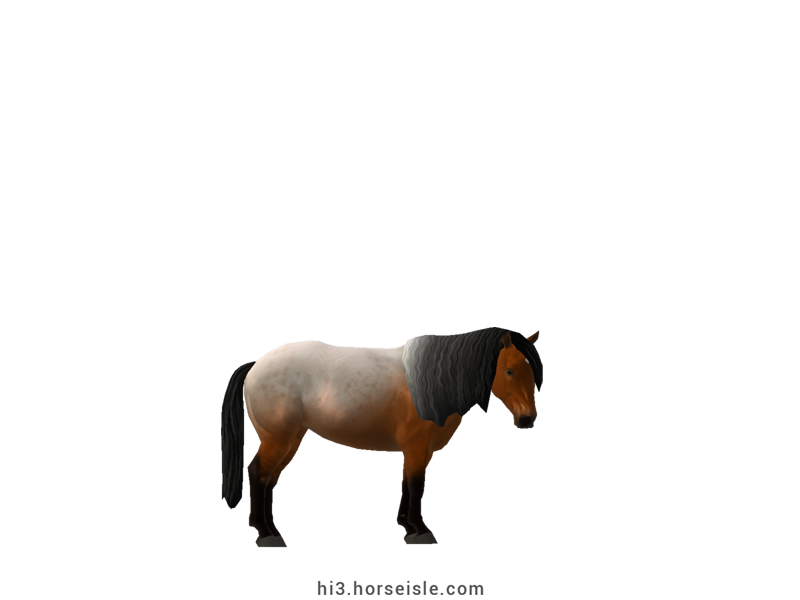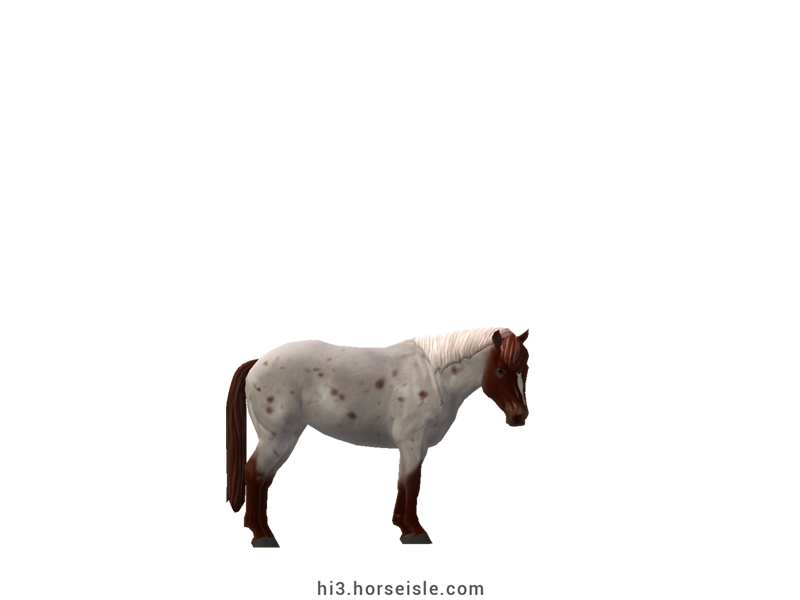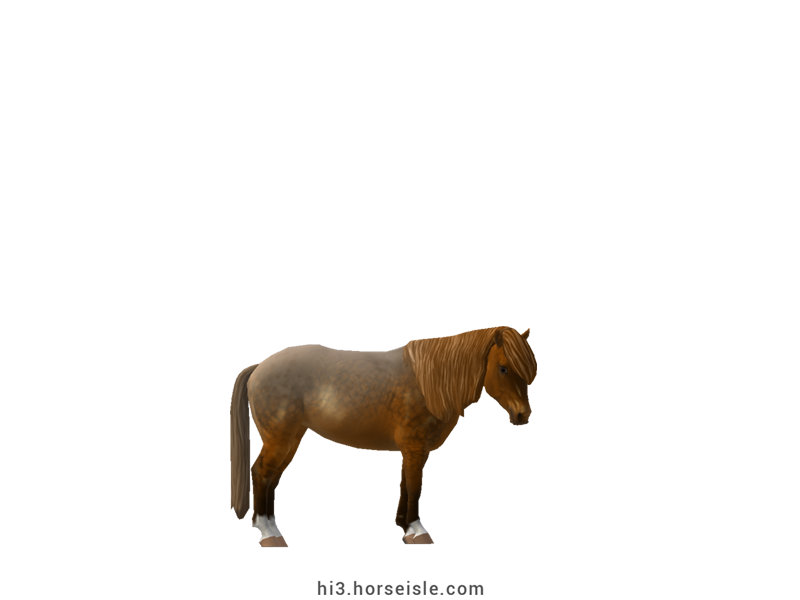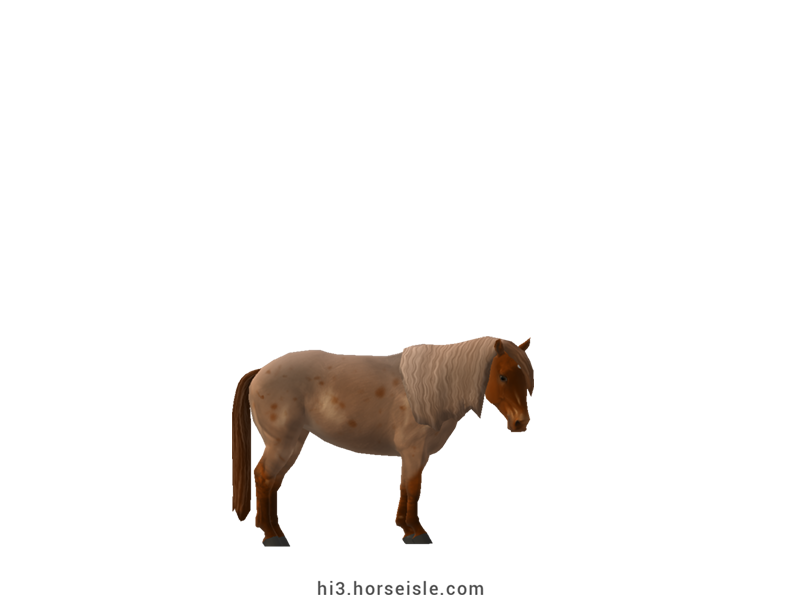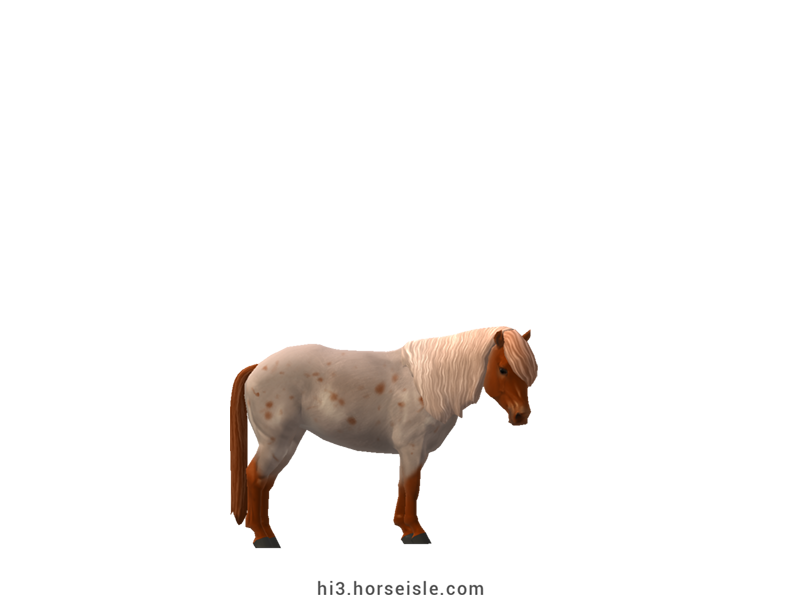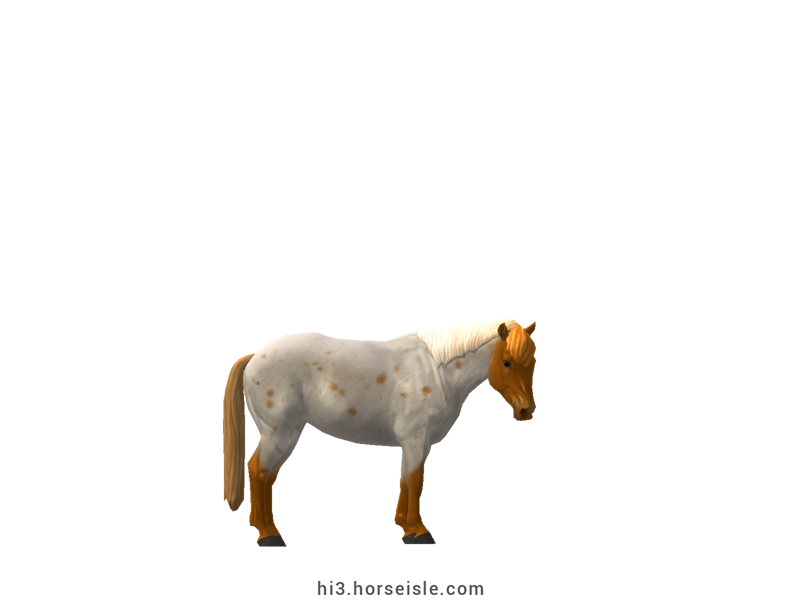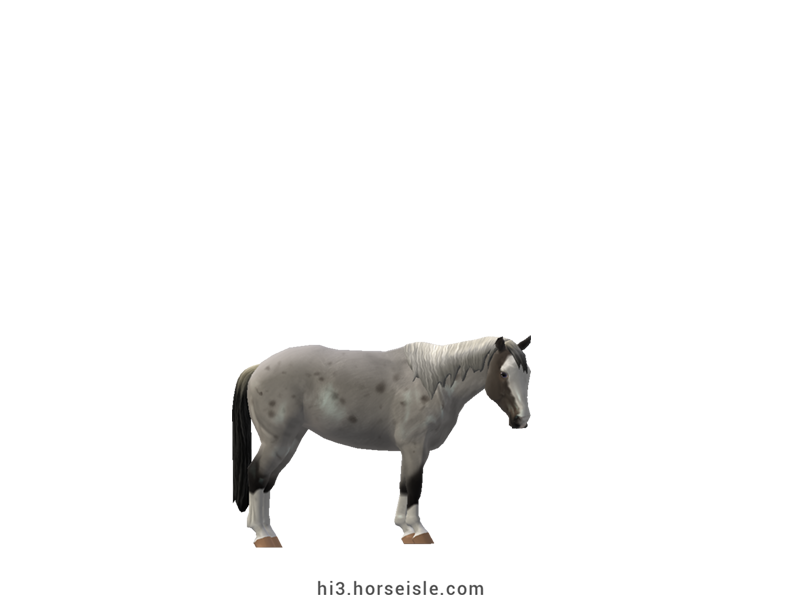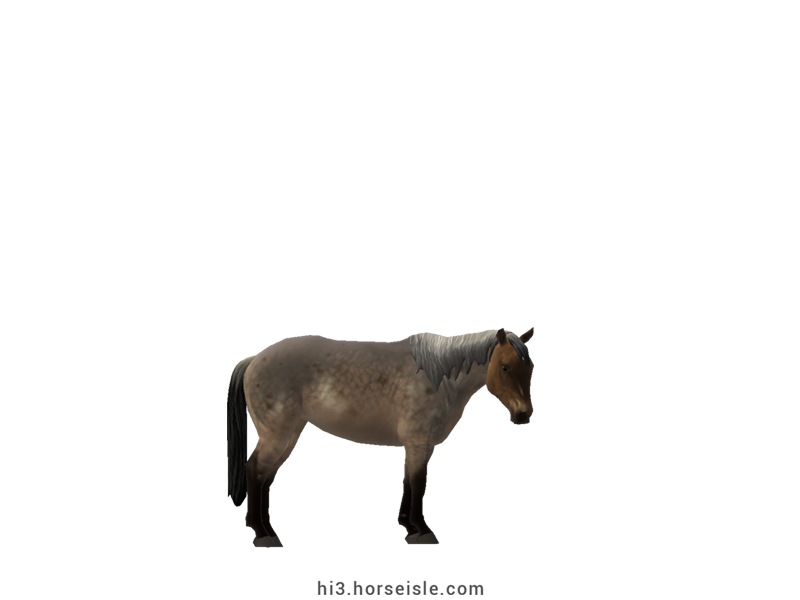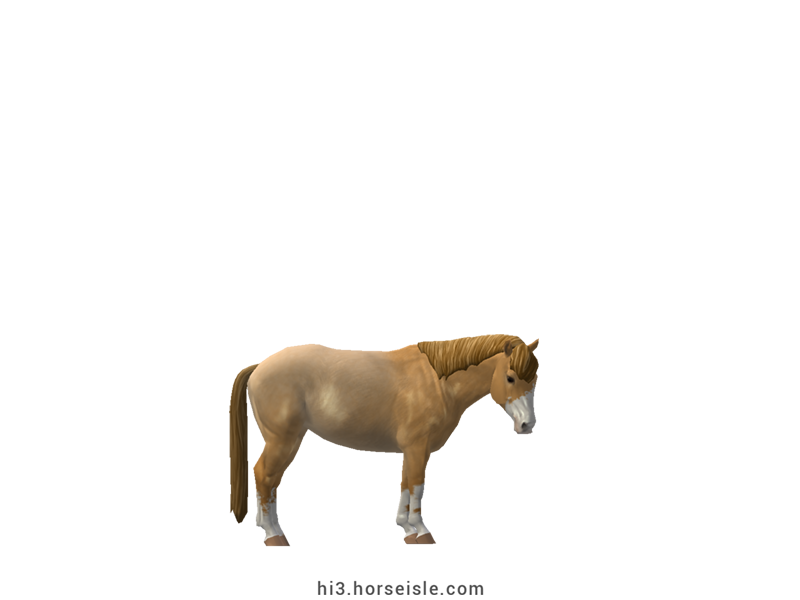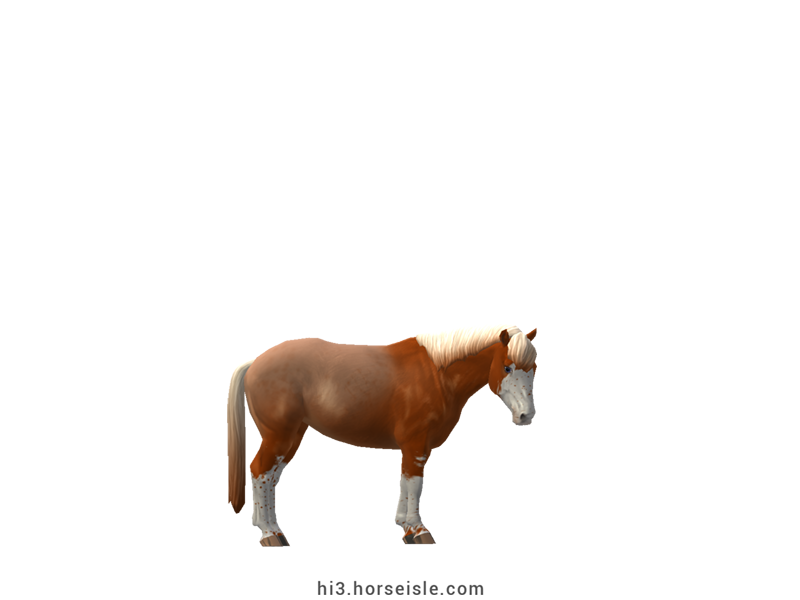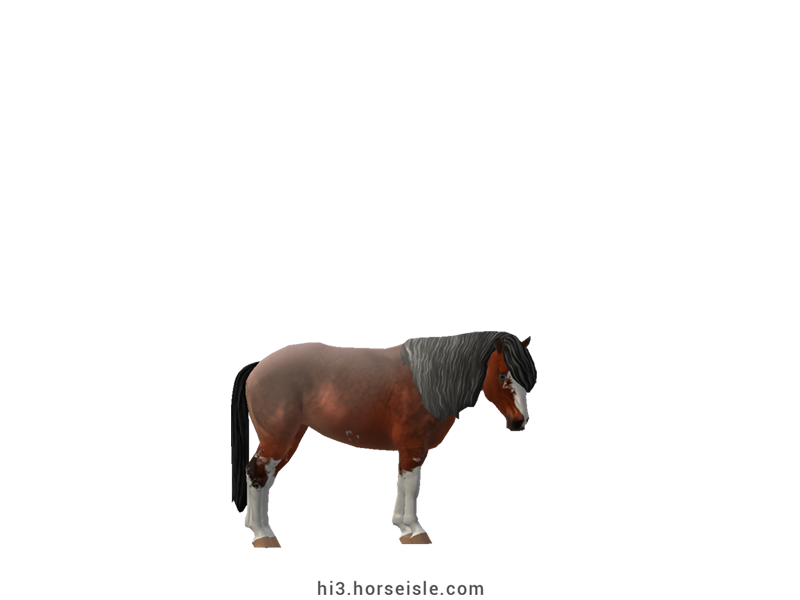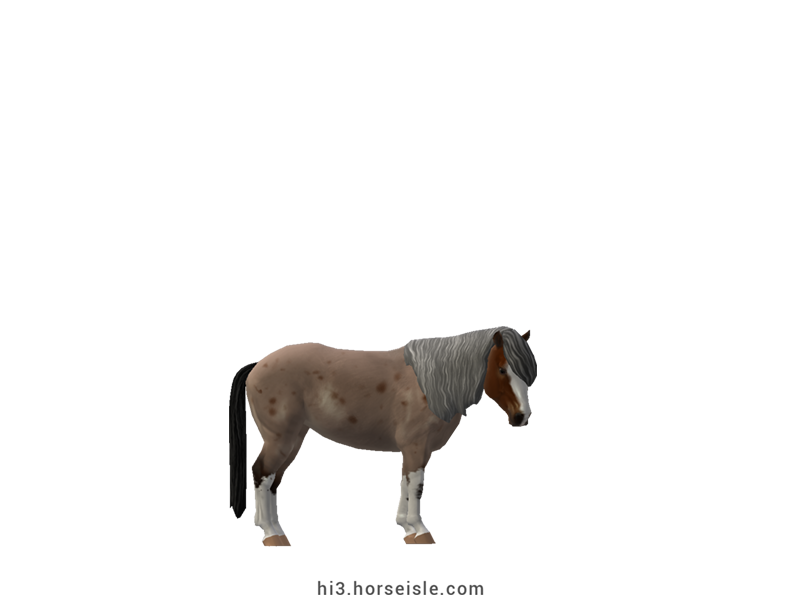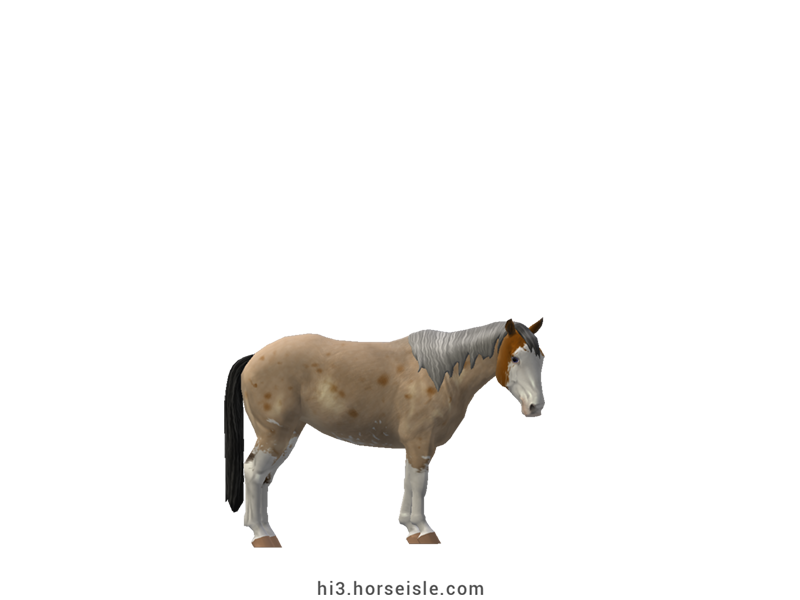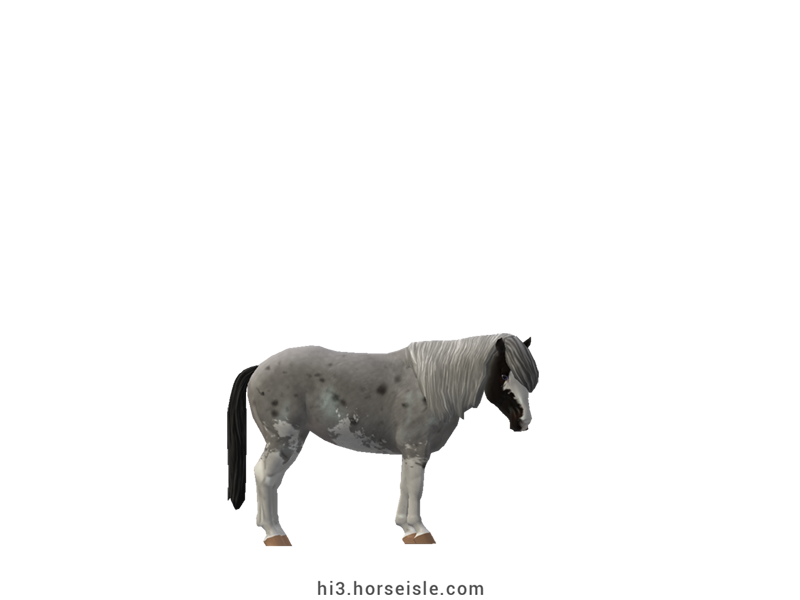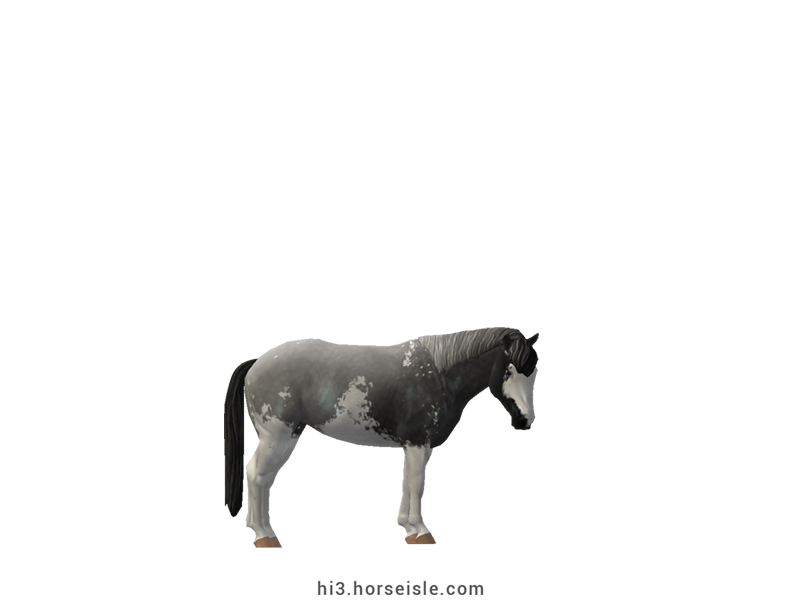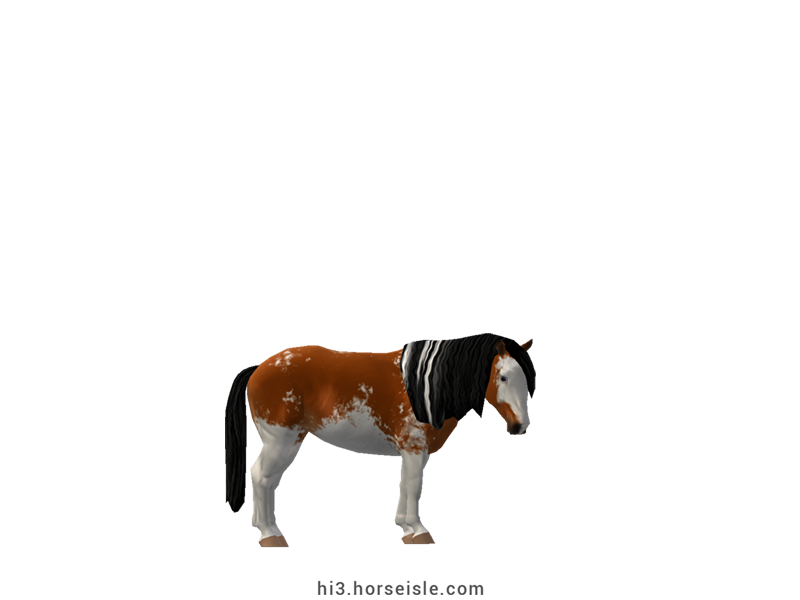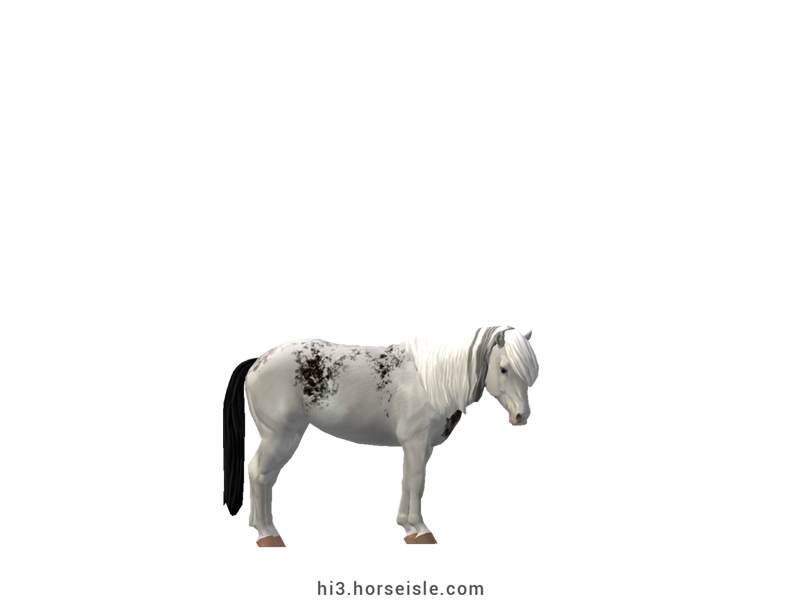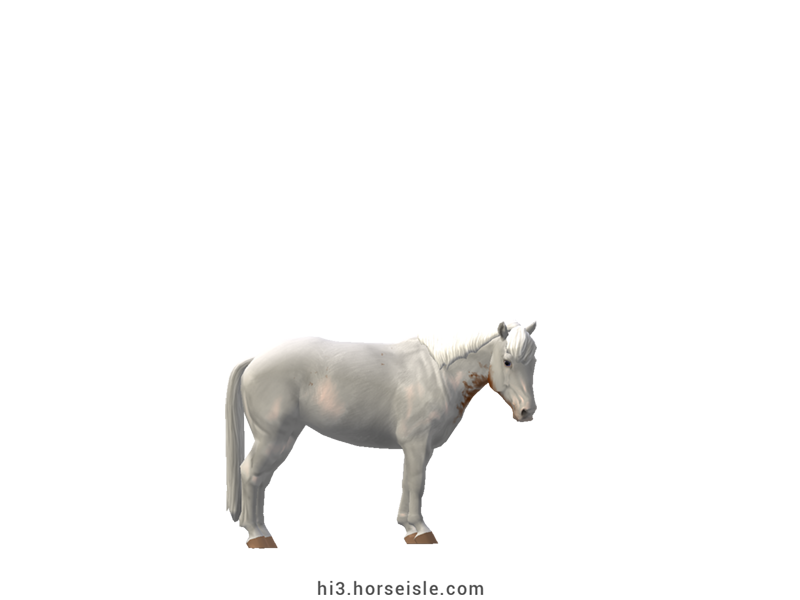Our Massive Real World Equine Reference!
[ INDEX ] Equine Type: Horse Breed: Carneddau Pony (Carneddau) [ PREV ] [ NEXT ]
Hidden in Snowdonia:
Located in northwest Wales, encompasses mountains and lakes, is the National Park of Snowdonia, the birthplace of the Carneddau Pony. It is unknown when the ponies arrived at the mountainous region, but it is believed that they had already roamed it at the time of the Celts.
The ponies survived the Horse Act 1540, a decree passed by King Henry VIII that ordered, one, the annual round-ups of all horses who roamed in open lands, and two, the culling of any stallions shorter than 15hh and any mares shorter than 13hh. The aim was to ensure that all British horses, including feral horses, could carry a knight in full armor, and so Britain will have enough horses for its cavalry if the need arises. However, this was terrible news for the Carneddau Ponies who probably stood around 10 to 11 hands as they do today.
Luckily for the ponies, the king's men weren't willing to climb the Snowdonian mountains on which they roamed, with many of them exceeding 900 meters above sea level in height. The ponies were left to roam Snowdonian undisturbed, except for yearly round-ups in later centuries during which some of the ponies were captured and taken to be used as pit ponies.
The Carneddau Pony, a distinctive Welsh breed:
Despite the round-ups, the ponies continued breeding among themselves and didn't receive foreign blood. This led researchers to hypothesize that the Carneddau Pony is a genetically distinct breed.
This hypothesis was confirmed in a 2013 phylogenetic study, which found that the Carneddau Pony is not only a genetically distinct breed, but is also closely related to the Welsh Mountain Pony, a widespread Welsh breed also known as Welsh Section A (see 'Welsh Pony and Cob' and 'Welsh Mountain Pony' for more info).
The Carneddau Pony today:
A herd of between 200 and 300 ponies still roams the mountains of Snowdonia today within an area of some 20 square miles inside the park. Grazing on the mountains or venturing into lakes to eat water plants, the ponies fend for themselves without assistance including during snowy winters. This ensures that only the fittest ponies survive in the wild, thus increasing the survival chances of future generations.
Once a year, the ponies are rounded up for general inspection, during which the weak, old, and excessive ponies, including all of the colts, are removed from the herd in order to prevent overpopulation which will lead to overgrazing. The remaining ponies, composed of selected mares, mares with young foals, and selected stallions, are allowed to return to their semi-feral life at the park.
Ponies who are removed from the herd receive basic training and are then auctioned to good homes where they usually serve as mounts for children. Some ponies are released in areas that require grazing of excessive plants as part of environmental conservation efforts to control the population of local plants.
Conformation:
There is no official breed standard for the Carneddau Pony, and therefore their conformation in Horse Isle is based on pictures and videos of said ponies.
The head is short, and has a small muzzle, small nostrils, small ears, and a concave-or-straight profile. The neck is slender and connects to highly visible withers. The back is smooth and of a short-to-medium length, and connects to a sloping croup. The body is slightly wide but is compact.
The mane is coarse or wavy and is of a medium or long length. The tail grows long, and the legs are clear from feathering.
Performance metrics:
The following are the: range, average, (SD), and MOE of performance metrics of ordered Carneddau Ponies horses in Horse Isle (not bred ones). In rare cases,
Speed: 12.2-13.2, 12.7 (0.2), 0.04.
Sprint: 25-33, 29 (2), 0.36.
Accel: 0.76-0.97, 0.88 (0.05), 0.01.
Decel: 0.76-0.90, 0.83 (0.03), 0.01.
Jump: 4.74-4.98, 4.86 (0.06), 0.01.
Pull: 1.05-1.41, 1.22 (0.09), 0.02.
Turning: 39.52-53.06, 46.77 (3.03), 0.59.
Reverse: 2.1-2.8, 2.5 (0.1), 0.03.
Stamina: 43.89-50.35, 47.23 (1.45), 0.28.
Reaction: 0.56-0.71, 0.64 (0.03), 0.01.
Coats & Height:
Colors: bay, black, brown, chestnut, grey, and dun.
Additionals: flaxen, mealy, roan, sooty, dark mane & tail, grey mane & tail. The coat is usually solid but can sometimes be white-spotted sabino.
Height: 10hh to 11hh.
[ INDEX ] [ PREV ] [ NEXT ]

